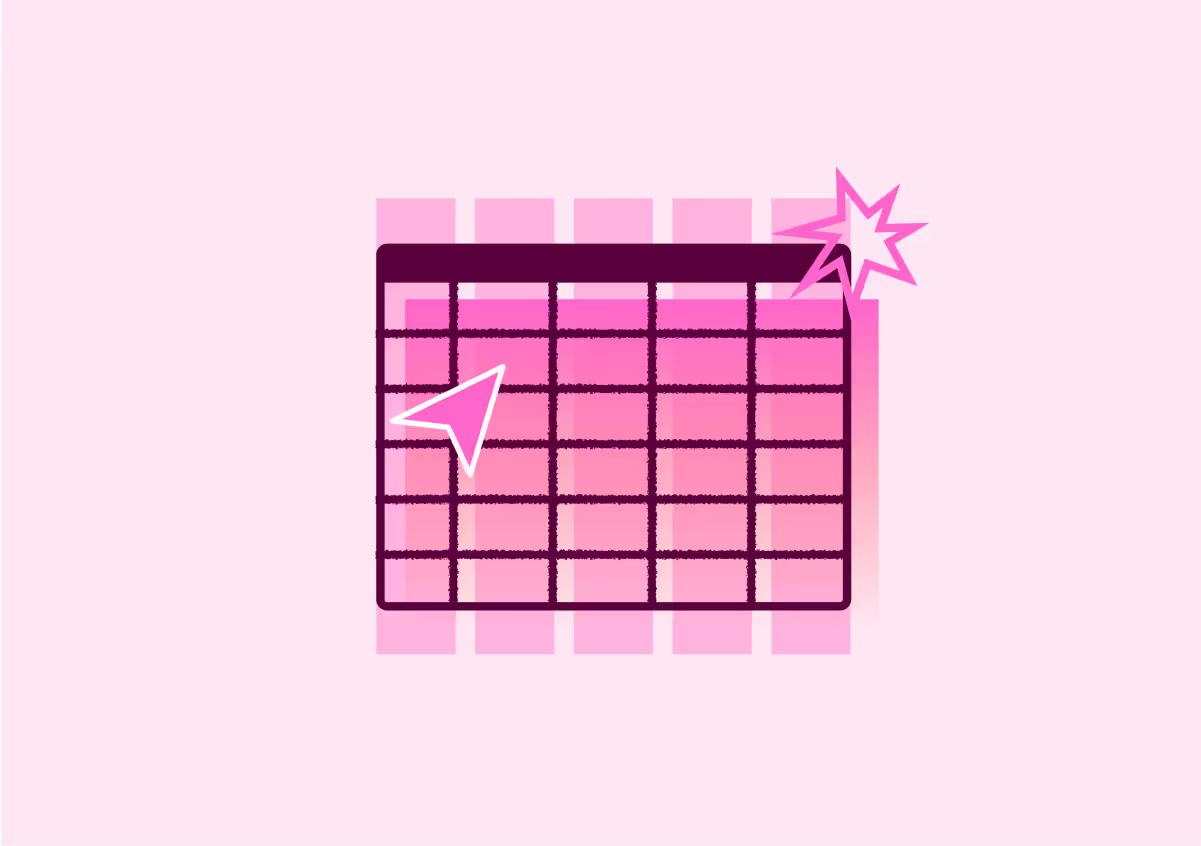Jasper Marketing
June 16, 2025
How to Use AI to Write Blog Introductions That Hook Readers
Introductions can make or break a blog post, but they’re not always easy to write. Here's how to approach blog intros with AI.

A blog introduction is your opportunity to hook your audience while also offering a clear context for what follows. For enterprise audiences, the stakes are even higher. Your introduction needs to promise highly relevant and data-backed insights. But crafting these powerful intros across a high volume of content can be challenging.
That’s where AI comes in, enabling your team to:
- Save time by automating introduction drafts
- Maintain brand voice and tone consistency
- Personalize content based on audience preferences
- Maximize SEO impact through keyword integration
Getting the most out of AI when writing blog intros
Here are a few ways AI takes the guesswork out of creating compelling introductions.
AI can provide data-driven insights.
AI tools for marketing automation can analyze audience data to predict what type of introduction will resonate most. For example, when targeting C-suite executives, an AI tool might recommend calling out specific business challenges or trends that resonate with decision-makers.
AI can automate workflows.
Repeating manual efforts for every introduction is time-consuming. AI, however, can streamline the process by drafting content that’s mostly ready, allowing your team to focus on refinement rather than starting from zero.
For instance, Jasper and similar tools generate options for introductions tailored to your goals, audience, and topics. By automating this step, enterprises can scale content production without sacrificing quality.
AI can monitor brand consistency.
Maintaining a consistent tone and aligning intros to specific campaigns is crucial for enterprise content marketing. With the right AI tools, you can set pre-defined guidelines for style, voice, and brand vocabulary.
AI can optimize content for enterprise SEO goals.
AI tools can also analyze keywords to seamlessly incorporate them into introductions. Tools like Jasper prioritize SEO while maintaining readability.
What makes a good blog introduction anyway?
The best types of blog introductions are the ones that immediately hook in the reader with emotion or something so intriguing that they have to carry on reading to find out more. Emotion is, after all, one of the best ways to drive sales with content marketing.
Great introductions set the scene for the entire blog post and should:
- Engage the reader with an emotion
- Address why the blog post matters
- Highlight who the blog post is for
- Demonstrate why the reader has authority on the topic
Elements of a strong blog introduction that hooks readers
- Compelling hook: Begin your blog introduction with a thought-provoking question, a surprising fact, a bold statement, or a captivating anecdote to grab the reader's attention from the very start.
- Urgency: Convey to the reader why they need to continue reading your blog post by emphasizing the importance of the information or the value they will gain from it.
- Personal connection Make the introduction relatable by sharing a personal story, experience, or dilemma that resonates with your target audience, making them feel understood and engaged.
- Clearly defined purpose: Clearly state what the blog post aims to achieve or solve, setting clear expectations for the reader and guiding them on what to expect throughout the content.
- Authority and credibility: Establish your expertise on the topic early on by mentioning your qualifications, experiences, or successes in the field, building trust and credibility with the reader.
- Use of power words: Incorporate strong, descriptive language that evokes emotions, paints vivid pictures, and compels the reader to continue reading to satisfy their curiosity or emotional response.
- Concise: Be concise in your writing, avoiding unnecessary details or lengthy explanations in the introduction, ensuring that every word adds value and maintains the reader's interest.
Take a few tips from the original introduction writing experts
Bloggers can take a few pointers from journalists in writing compelling introductions.
According to NPR, there are six types of journalistic leads:
- Straight news lead: a lead that’s all about the facts and incorporates the 5 Ws of who, what, where, when and why
- Anecdotal lead: a lead that starts with a story that intrigues the reader
- Scene-setting lead: a lead that describes a scene with colorful detail that draws the reader in
- First-person lead: a lead that starts with the writer’s perspective, making them part of the story
- Observational lead: a lead that shares an observation about the story and its broader context
- Zinger lead: a lead that shocks the reader with an outlandish statement
Apart from the above-mentioned journalistic leads, here are a few other types of hooks that you can use in your introduction:
- An interesting fact that relates to the rest of the blog post
- Share the final results of a story in the content
- Use an analogy, metaphor or simile
- Ask a question
- A strong quote
- Highlight a common problem (like what we used in the introduction to this post)
- A shocking statistic
Final takeaway
AI is revolutionizing the way enterprises create blog introductions, moving beyond simple automation to elevate content relevance, engagement, and ROI. By using tools like Jasper and adopting AI-driven best practices, your marketing team can scale content production while maintaining the highest standards of quality.
Looking to start crafting more engaging blog introductions? Explore Jasper’s AI content solutions today and discover how they can transform your enterprise marketing strategy.
More of the latest & greatest

Gemini 3 Pro in 24 Hours: Inside Jasper’s LLM-Optimized Architecture
How does Jasper validate new AI models like Gemini 3 Pro in under 24 hours? Inside our rigorous 3-step testing process for enterprise marketing.
December 4, 2025
|
Nick Hough

3 Predictions for AI in Marketing in 2026
In 2026, AI will rewire teams, streamline tooling, and turn content into a competitive engine.
December 2, 2025
|
Loreal Lynch
.png)
Highlights from Jasper Assembly: Scaling Content with Confidence
Discover key insights from Jasper Assembly 2025. Leaders from Sanofi, NetApp, U.S. Bank, and BCG shared AI marketing strategies for scaling content and driving impact.
November 19, 2025
|
Loreal Lynch













